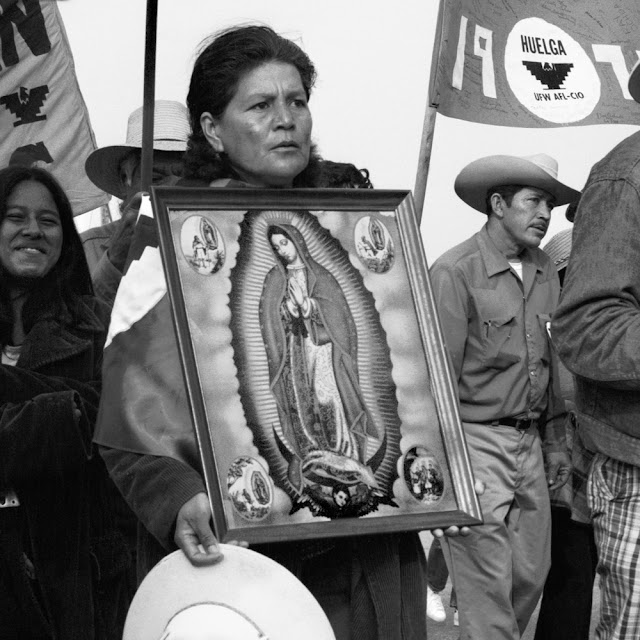by Jacquellena Carrero, NBC Latino
Students at public universities in Texas may no longer be able to take courses focusing on racial, ethnic or gender history to fulfill their core requirements for an undergraduate degree under new proposed legislation. Measures filed in the Texas Senate and House would change a 1955 state law to stipulate that only courses that give a comprehensive survey of American history or Texas history would count toward the six history credit requirement. The original Texas law simply states that students at public institutions must take two courses in American history.
The bill was proposed by State Representative Giovanni Capriglione and State Senator Dan Patrick in response to a study on the state of higher education in Texas. The study Recasting History, which was conducted by the National Association of Scholars, concludes that all too often the course readings gave strong emphasis to race, class or gender and therefore diminished the attention given to other important subjects in American history like military, diplomatic and intellectual history. The University of Texas at Austin (UT Austin) and Texas A&M University at College Station were the schools studied in the report.
UT Austin issued a statement back in January when the report that the legislation was based upon was initially released, saying that it paints a narrowly defined and largely inaccurate picture of the quality, depth and breadth of history teaching and research.
Several history professors from UT Austin and Texas A&M largely condemned the proposed legislation, saying that it would isolate race, class and gender as something separate from American history rather than incorporate them.
Anne Martinez, an Assistant Professor at UT Austin, teaches courses on Mexican American history, history of Mexican women, and Borderlands history among other subjects. She calls the proposed legislation misguided.
One of the ideas is the presumption that students aren't going to learn US history when in fact they are. It is an opportunity for students who have taken general US history throughout Kindergarten to 12th grade to explore something more specialized Martinez says. That's what college is about.
One of Martinez's biggest fears is that the legislation would send a message that U.S. history does not encompass all people.
It says that Mexican American history somehow isn't as valuable another history, she says.
RELATED: Could Mexican American studies return to Tucson schools?
One issue of broad concern to history professors was the foundation upon which the legislation was based. Several history professors called the study methodology flawed because researchers solely looked at syllabi and course reading materials and did not visit classrooms on site.
None of them visited my classroom. When I lecture in class, I give students a broad context to the specific things they read. We talk about the Monroe Doctrine, also known as part of diplomatic history, because it's important for setting the stage for US Mexican relations, Martinez says.
Carlos Blanton, a history professor at Texas A&M who teaches a course on Latino history, agreed with Martinez's concerns and called the legislation a shallow way to think about history.
If you're not in my class you're not going to know how it was presented. Judging a course by the syllabi is like judging a book by the cover and saying oh I see that there's a woman on the cover, this must be about gender, Blanton says.
Representative Capriglione and Senator Patrick did not immediately return requests for comment. However, Director of the National Association of Scholars Peter Wood, defended the legislation.
I do support the bills that have been introduced in the House and the Senate. They are small clarifications of the original legislation and it's quite clear that what was intended was comprehensive, but the universities were substituting other kinds of courses, Wood says.
Wood also stood by the methodology of the study. He called the decision not to attend classes an explicit methodological decision since visiting the 85 classes that the universities offer would have been an unfeasible task. Wood also argued that looking at course syllabi provided for a more meaningful study because different topics could have been discussed on days that researchers were present.
Our findings would have been treated as anecdotal. While we do not believe that syllabi show everything, it is one piece of data that we took seriously. We went out and purchased all readings assigned and read all 635 readings, Wood says.
History professors are not the only ones upset about the proposed legislation. Librotraficantes, a group of writers, professors, school board members, and students in Mexican American Studies programs have planned to travel to Austin Texas to protest the proposed change to Texas history requirement law.
Tony Diaz, leader of Librotraficantes, said that the impact of the law would be wide ranging.
Photo by Jesús Manuel Mena Garza. Copyright 2013. All rights reserved.
-30-



